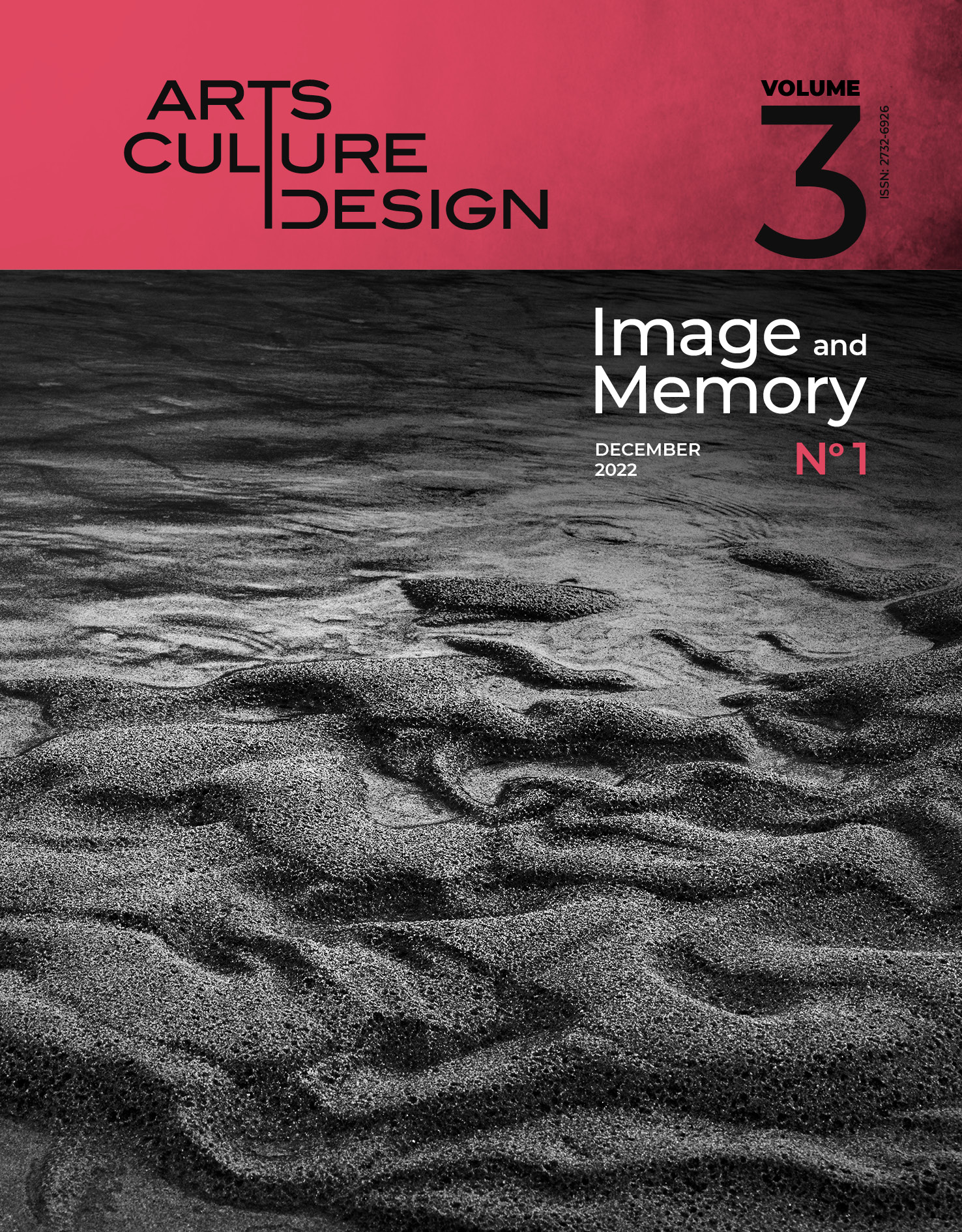PHOTOGRAPHY OF TIME

Abstract
Seeing the configuration of a place firsthand, we can believe that it has always been like that and we don’t ask ourselves questions about how it looked five years ago or 20 years ago and what processes and changes have taken place. It is possible that it was an unhealthy place and became a point of attraction where the community could spend time and carry out cultural or recreational activities, or it was a protected natural site and interventions beyond the limit of the law would have transformed it into an industrial, residential or commercial area, which led to overcrowding and pollution. Documentaries of the respective place taken at different times can help preserve local history and bring the community awareness of the recent history and the changes that have taken place. They will claim a lost inheritance if this is the case and if social promoters will campaign in this sense. But above all, they need to know the context in which they are. Because they were the object of my study or because I accidentally encountered places that had undergone significant changes and had previous documentation, I proposed to provide documents of organic changes or actions that must be under the lens of criticism. I am motivated by the need to draw attention to the worrying aspects of everyday life, before being too late for public reactions. In a country with a fragile democracy where the authorities do not hear the voice of civil society, I want to bring to the public conscience the negative aspects that are happening here and now, which can have significant implications for the present and future of the population.
Article Details
- How to Cite
-
Coșniceru, N. (2023). PHOTOGRAPHY OF TIME. Design/Arts/Culture, 3(1), pp. 73–79. https://doi.org/10.12681/dac.31585
- Section
- Artwork/Portfolio

This work is licensed under a Creative Commons Attribution-NonCommercial-ShareAlike 4.0 International License.
The copyright for articles in this journal is retained by the author(s), with first publication rights granted to the journal. By virtue of their appearance in this open access journal, articles are free to use (with the exception of the non-granted right to make derivative works) with proper attribution for non-commercial uses (licence Creative Commons 4.0). EKT/NHRF retains the worldwide right to reproduce, display, distribute, and use articles published in DAC in all formats and media, either separately or as part of collective works for the full term of copyright. This includes but is not limited to the right to publish articles in an issue of the Journal, copy and distribute individual reprints of the articles, authorize reproduction of articles in their entirety in another EKT/NHRF publication, and authorize reproduction and distribution of articles or abstracts thereof by means of computerized retrieval systems.
DAC journal considers all submitted artwork on the condition author(s) confirm that third-party intellectual property rights are not violated in any way.
Author(s) are responsible for securing permissions to publish copyrighted material, such as photographs and other artwork and for paying any fees involved. Production of an article will not begin until the editor has received all relevant permissions.
The copyright for published articles in Design | Arts | Culture is retained by the author(s). By virtue of their appearance in this open access journal, articles can be used freely, with proper attribution, for educational and other non-commercial purposes.


